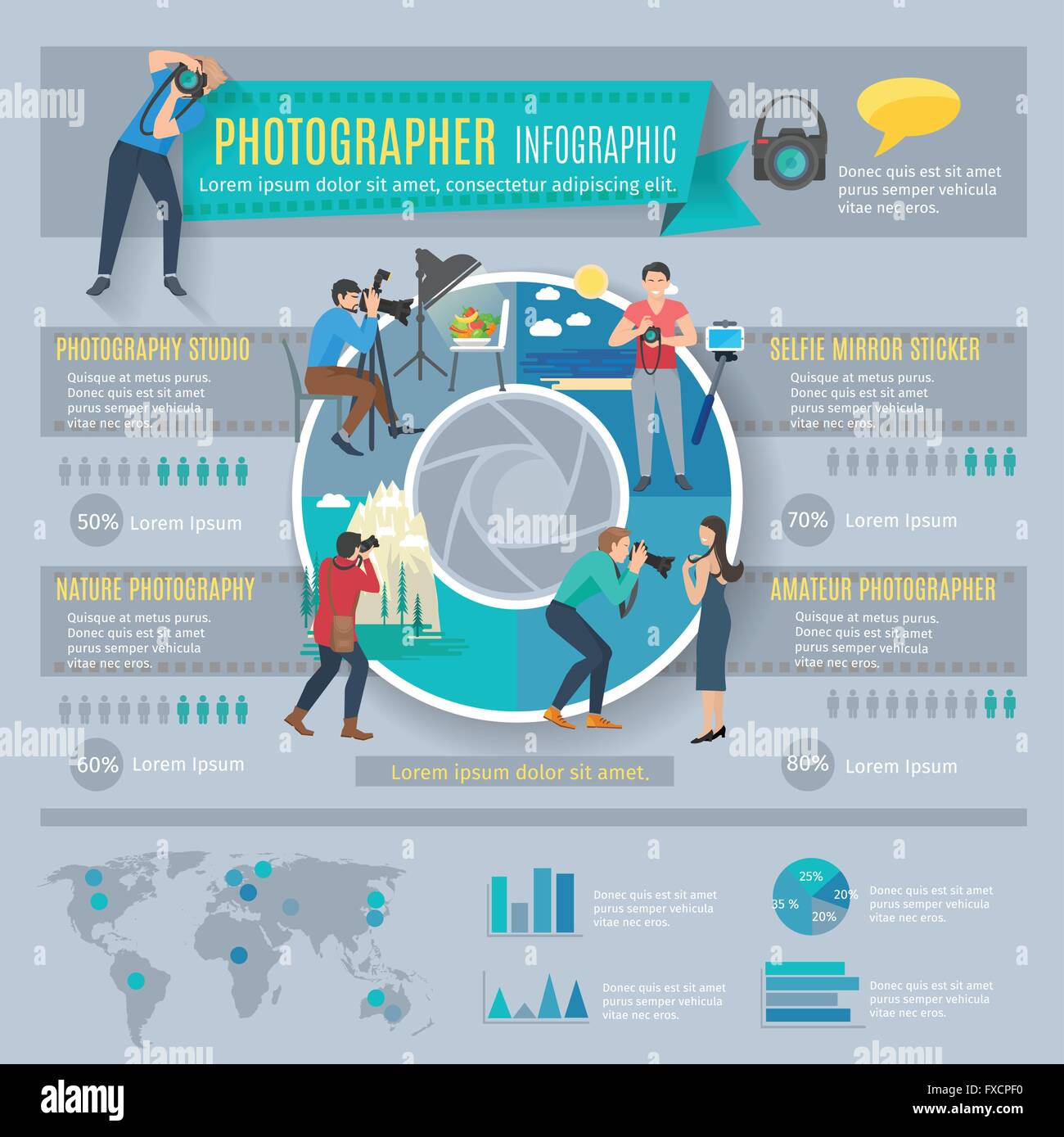Photography Tips For Beginners: Understanding Your Camera In No Time
Photography Tips For Beginners: Understanding Your Camera In No Time
Blog Article
Write-Up Author-Lindgreen Bryant
When you first grab your video camera, it can really feel frustrating with all the setups and alternatives available. You may find yourself asking yourself just how to navigate aperture, shutter speed, and ISO properly. Understanding these fundamentals is critical, but there's more to photography than just technical knowledge. Recognizing make-up strategies and lights conditions can raise your photos significantly. So, what happens if Medical Residency Photography could find out simple techniques to enhance your abilities and begin capturing impressive photos quicker than you think? Let's discover how to change your digital photography journey.
Recognizing Electronic Camera Settings
Understanding your camera settings is essential for recording magnificent images. When simply click the up coming internet site pick up your camera, acquaint on your own with the three main setups: aperture, shutter rate, and ISO. Each plays an important role in exactly how your photos turn out.
Begin with aperture, which controls the quantity of light going into the lens. A bigger aperture (lower f-number) allows a lot more light and produces a gorgeous history blur, ideal for pictures. Alternatively, a narrower aperture (higher f-number) keeps even more of the scene in emphasis, perfect for landscapes.
Next off, https://petapixel.com/2020/03/16/how-to-find-your-photography-style-fast/ on shutter speed. https://squareblogs.net/dorie255melissia/important-photography-gear-what-you-actually-need-to-start out the length of time your camera's sensing unit is revealed to light. A fast shutter speed freezes activity, which is wonderful for activity shots, while a sluggish shutter rate can create sensational effects like smooth water in landscapes.
Lastly, readjust your ISO. This setup influences your camera's sensitivity to light. A greater ISO serves in low-light circumstances but can introduce noise or grain. Go for the lowest ISO possible while still accomplishing correct exposure.
Composition Strategies
When you're out capturing, structure can make all the difference in how your images reverberate with visitors. Beginning by utilizing the regulation of thirds; envision your structure separated into 9 equivalent sections with 2 horizontal and two vertical lines. Position crucial elements along these lines or at their crossways to produce equilibrium and passion.
Next, take into consideration leading lines. These natural lines in your scene, like roadways or rivers, draw the viewer's eye right into the photograph, assisting them with the story you're informing.
Don't forget framing; use aspects within your scene, like trees or home windows, to develop a structure around your subject, including depth and focus.
Likewise, watch on your history. A chaotic history can distract from your major topic, while an easy one helps it stand out.
Last but not least, explore symmetry and patterns; they can develop a striking image that catches attention.
Learning Lights Conditions
Grasping lighting problems is essential for capturing magnificent pictures, as the right light can transform an ordinary scene into something phenomenal.
Beginning by observing natural light at various times of the day. Early mornings and late afternoons use the best light, called the gold hour. The soft, warm tones throughout these times can boost your images beautifully.
Don't shy away from overcast days either; diffused light can reduce rough shadows and develop a pleasing effect, particularly for pictures.
Experiment with backlighting by placing your subject against the light source. This technique can produce a fanciful halo result and include depth to your images.
Take note of your video camera setups as well. Readjust the ISO, aperture, and shutter speed to fit the lighting problems. A higher ISO can assist in low light, yet be cautious of grain.
Use a tripod in darker settings to avoid blur.
Finally, don't forget artificial lighting. Flash and continual lights can be fantastic tools for controlling light in difficult conditions.
Final thought
Finally, mastering your camera doesn't need to be frustrating. By recognizing your settings, applying structure methods, and taking advantage of the power of all-natural light, you'll rapidly boost your photography skills. Keep in mind, practice makes ideal, so venture out there and trying out your newly found expertise. With time and devotion, you'll be catching stunning images that mirror your distinct perspective. Delight in the journey, and do not neglect to enjoy while you're at it!
